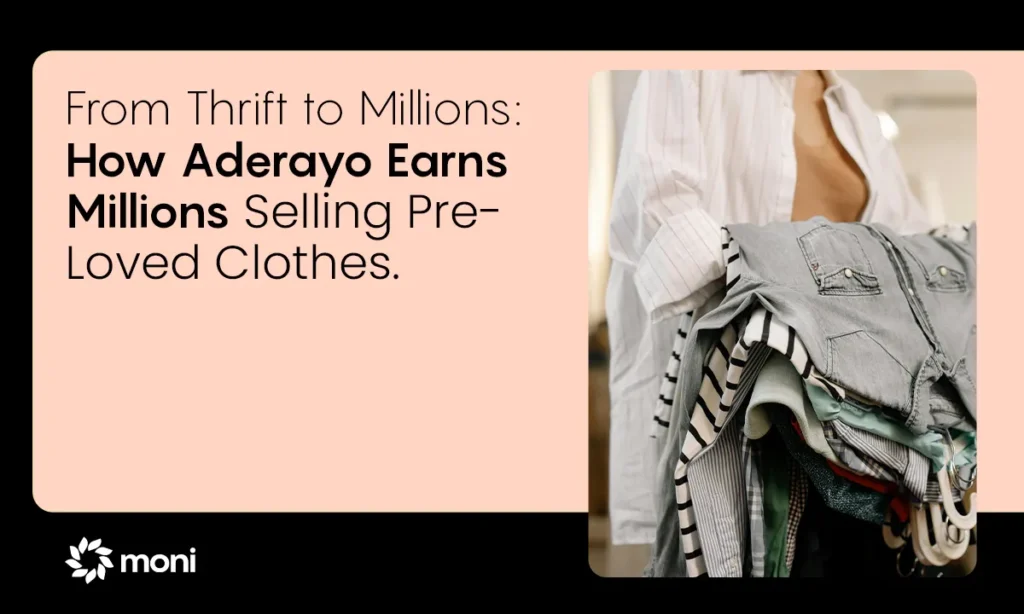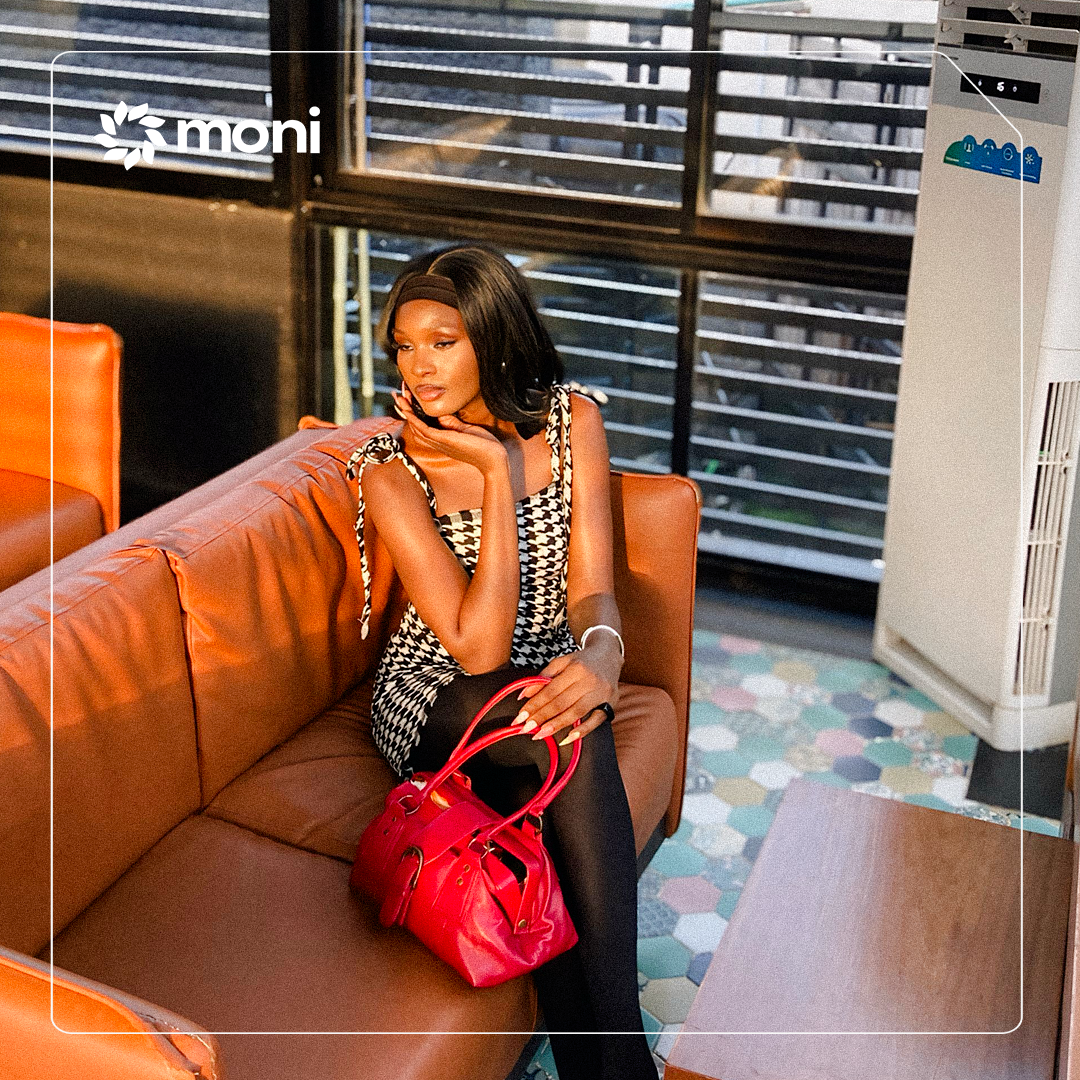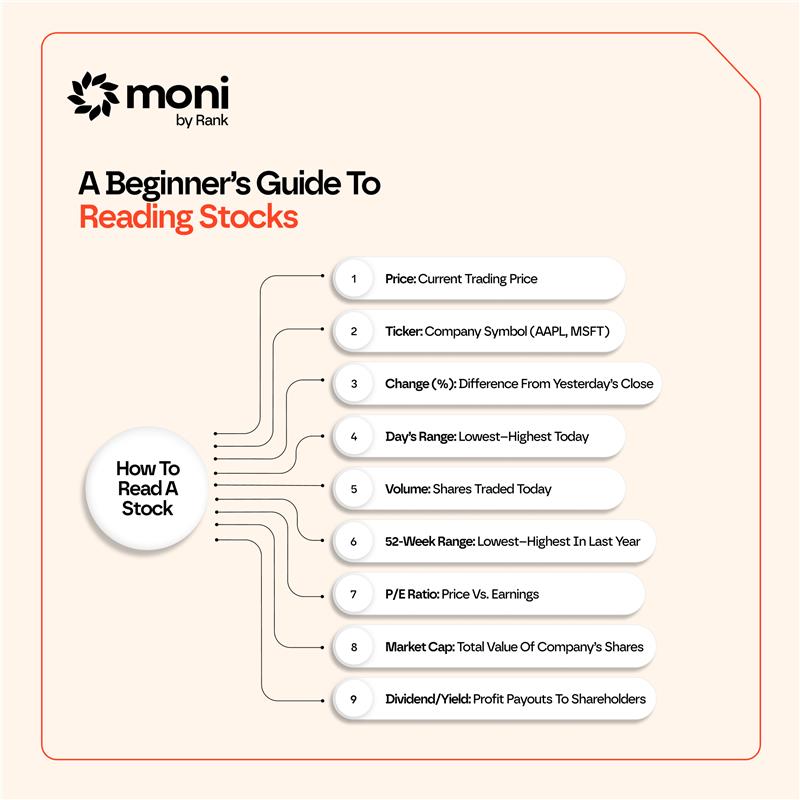
If you’re Nigerian, chances are you love a good bargain and thrift clothing is often the go-to for stylish fashion on a budget. Trendy outfits, unique vintage pieces, or everyday essentials — thrift shopping has a special place in the hearts of savvy shoppers. The rising demand for affordable clothing has also made starting a thrift business an attractive and profitable option for any budding business owner.
In this article, we’ll cover everything you need to know about starting and growing a thrift business in Nigeria. We’ll explore the key factors to think about before you launch, the best strategies for marketing your business, and how to price your items for profit without turning away budget-conscious customers.
Plus, we spoke to Aderayo Adelaja, the successful thrift store owner of D’vora Styles, to provide insights from someone who has been there, done that in the thrift clothing industry.
So, if you’re ready to turn your love for thrift shopping into a lucrative business, keep reading!
How to Start and Grow a Thrift Business in Nigeria
Before You Start: Know Your Market
One of the first things to consider when starting a thrift business is your target market. Understanding who you want to sell to will influence the kind of thrift items you stock, your pricing strategy, and how you promote your business. “Your target audience is everything”, Aderayo says. “You have to know if you’re selling to low-income earners, students, or even high-income earners who just love thrift. This determines the thrift items you stock and how you promote your business”.
If you’re targeting students, for instance, you’ll want to focus on trendy, affordable fashion. Low-income earners may prioritize affordability and practicality. Civil servants might look for professional yet budget-friendly outfits. High-income earners could be drawn to unique, high-quality pieces or vintage items. Once you understand your audience, you can make smarter decisions about the types and quality of items to stock, your pricing strategy, and the best channels to market your business.
How Much Do You Need to Start?
While the thrift business doesn’t require huge capital, it’s important to budget wisely. A minimum of ₦100,000 is recommended to start on a small scale, enough to cover your initial stock, marketing, and packaging costs.
“When I started, I didn’t have a lot of capital,” Aderayo explains. “But I was able to grow by reinvesting profits back into the business. Even with limited funds, you can still make it work by being smart with your initial investment.”
Sourcing Quality Thrift Items
Where you source your thrift items plays a major role in the success of your business. In Nigeria, thrift items come in various grades, and the quality you choose will affect both your sales and reputation.
First-grade thrift: These are slightly used items that are still in excellent condition, almost as good as new. They’re easier to sell and attract a broad audience due to their quality.
Second-grade thrift: These items are more worn than first-grade but still in wearable condition. They are cheaper to buy and can appeal to low-income customers.
Third-grade thrift: These are heavily used items and are more difficult to sell. While they may come at a lower cost, they require significant repairs or cleaning.
Clearance thrift: These are the lowest quality and often consist of damaged or unsellable items. They’re not ideal for starting your business.
To begin, it’s advisable to stock first-grade thrift items since they are more appealing to customers and don’t require repairs or major cleaning. “Also, don’t buy a whole bale of thrift clothes right away,” Aderayo advises. “It’s better to experiment at first. Buy smaller quantities from different vendors and mix and match to see what sells best in your market.”
Popular Thrift Markets in Nigeria
Where you source your thrift items is key to your success. Nigeria is home to several bustling thrift markets. Sourcing from reputable vendors will give you access to good-quality items that your customers will love. Some well-known markets include:
Dugbe Market in Ibadan (Southwest Nigeria): Known for a wide range of quality thrift items.
“I found some of my best items at Dugbe Market,” Aderayo shares. “It’s important to build relationships with reliable vendors to get good stock consistently.”
Aba Market in Abia (Southeast Nigeria): A major hub for thrift and wholesale clothing.
Ogunpa Market in Lagos: This is another popular destination for thrift, especially for smaller thrift businesses. Moni has a strong presence in Ogunpa Market, where we provide loans to small and medium-sized business owners to help them grow their businesses to success.

Through Moni’s community loans, small business owners gain access to the capital needed to stock up on goods, expand their inventory, and even invest in store spaces.
How to Market Your Thrift Business
Once you’ve stocked your thrift items, it’s time to focus on marketing. One of the challenges of selling thrift items, especially online, is overcoming customers’ fear of being scammed. The “what I ordered vs. what I got” experience has made many Nigerians skeptical of online shopping.
“A lot of people are skeptical about shopping online,” Aderayo explains. “You have to be transparent with your customers. Post clear, detailed photos and descriptions so they know exactly what they’re buying.”
Here’s how you can build trust and attract customers:
Use High-Quality Photos: Take clear pictures of your items from multiple angles. Good lighting and presentation are essential.
Provide a Size Chart: Thrift items are often non-returnable. To reduce returns and dissatisfied customers, offer a size chart so buyers can confidently choose the right fit.
Use Social Media: Platforms like Instagram, Facebook, and TikTok are ideal for showcasing thrift items. Post frequently, engage with followers and ask customers to share their purchases and reviews.
“Social media was a game-changer for me,” Aderayo recalls. “I posted consistently and that helped build trust and a loyal customer base.”
Do You Need a Physical Store?
A physical store isn’t always necessary, especially when starting out. Selling online can be just as profitable if you’re willing to invest time in content creation and online marketing.
“I started by selling exclusively online,” Aderayo says. “If you can create engaging online content, you don’t need a physical store right away. But if you can afford a shop in a high-traffic area, it’s a great way to reach more customers.”
Offer Online and Offline Sales: If you prefer not to invest in a physical store, you can sell online. However, it’s important to invest time in content creation — photos, videos, and descriptions — to build trust and appeal to your target market. Alternatively, if you can afford a small physical space in a high-traffic area, having a store might help draw customers who prefer seeing items in person.
Pricing Your Thrift Items
Setting the right prices is crucial for your thrift business. If you price items too high, you’ll lose customers. But if you price them too low, you may struggle to make a profit.
“Pricing is tricky,” Aderayo admits. “You have to find that sweet spot where you’re making a profit but still offering good value to your customers.”
Here’s how to approach pricing:
Calculate Your Costs: Include the cost of sourcing, transportation, packaging, and any other expenses.
Know Your Market: If you’re selling to students or low-income earners, keep prices affordable. For higher-income customers, you can charge more for unique or vintage pieces.
Leave Room for Profit: Ensure your pricing allows you to cover your costs and make a profit without alienating customers.
Common Pitfalls to Avoid
Running a thrift business comes with its own set of challenges.
Here are a few things to avoid to keep your business on track:
Overpricing: While you may be tempted to price items higher to increase profits, remember that customers come to thrift stores for deals. Do your research to ensure your prices are fair and competitive.
Stockpiling: Avoid buying too much stock at once, especially if you’re just starting. You may not sell as fast as you expect, and holding on to inventory for too long can lead to losses if items become outdated or damaged. “I learned the hard way not to overstock,” Aderayo says. “It’s better to start small and build your inventory based on what your customers want.”
Selling on Credit: As tempting as it may be to offer credit to loyal customers, it’s risky in the thrift business. Since profit margins can be slim, it’s best to avoid selling on credit unless you have clear terms and can afford delayed payments.
For those just starting out, Aderayo emphasizes the importance of consistency and building trust with customers. “When I started, the first few months were not fast-paced,” she recalls. “But consistency is key. I stayed patient, kept posting new items online, and eventually, business picked up.”
“Building trust with your customers is crucial,” she explains. “Give them no reason to doubt the quality of what they’re buying, and they’ll keep coming back.”
Starting a thrift business in Nigeria can be highly profitable if approached with careful planning and a good understanding of your market. From sourcing quality items to pricing and marketing your products effectively, there’s a lot to consider. But with insights like those shared by Aderayo Adelaja, you can avoid common mistakes and build a successful thrift business that stands out.
Moni supports micro and small businesses like Aderayo’s giving them the capital they need to grow. Click here to learn more about Moni.
To access our SME loans, e-mail hello@heymoni.com to get started.



